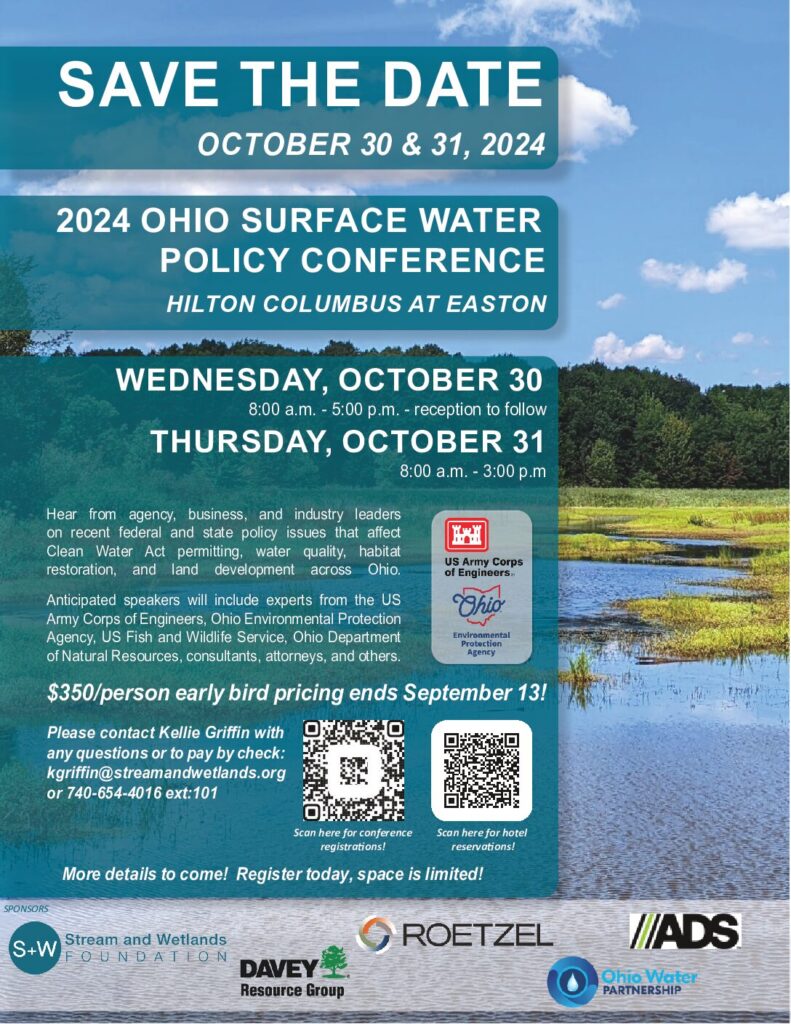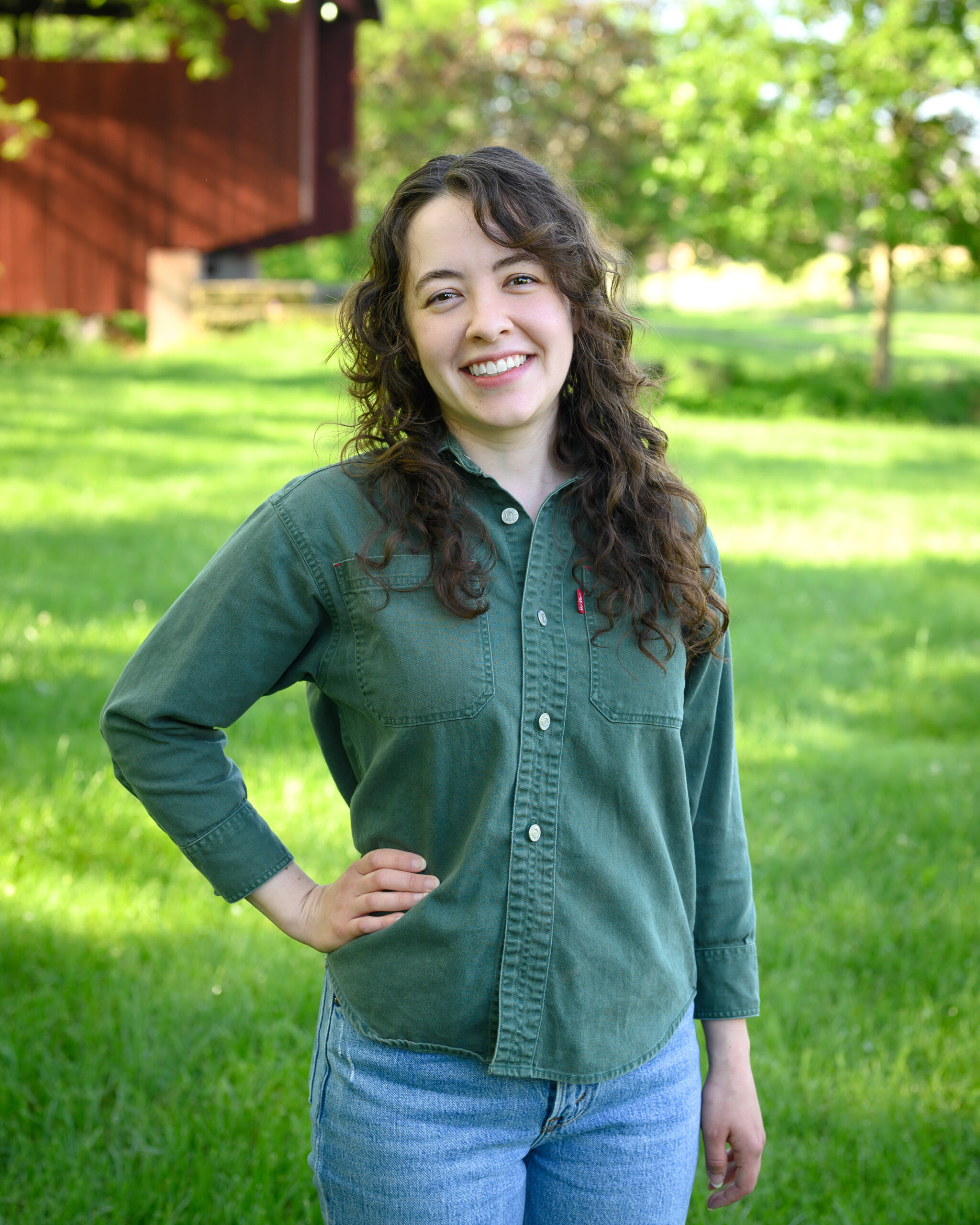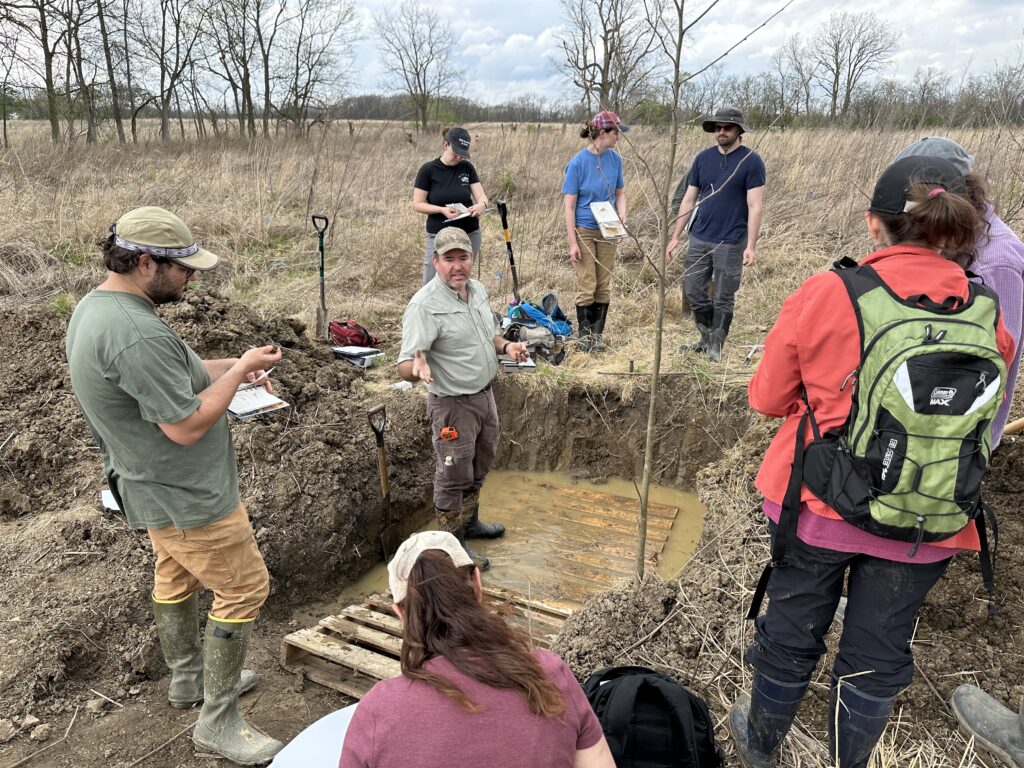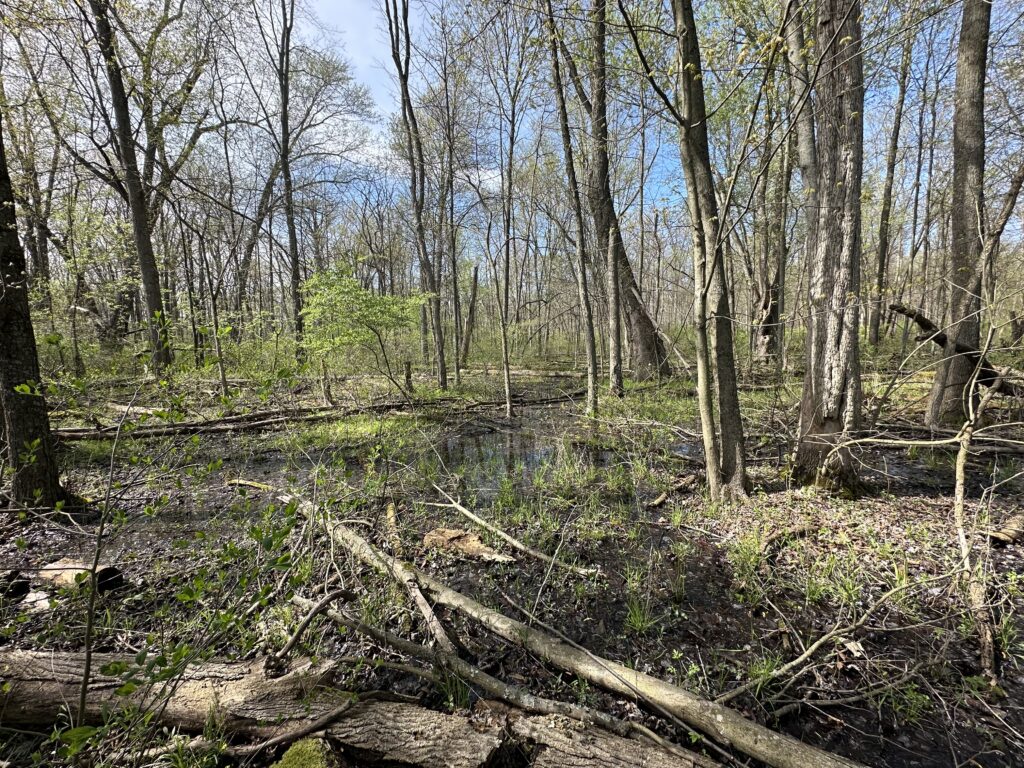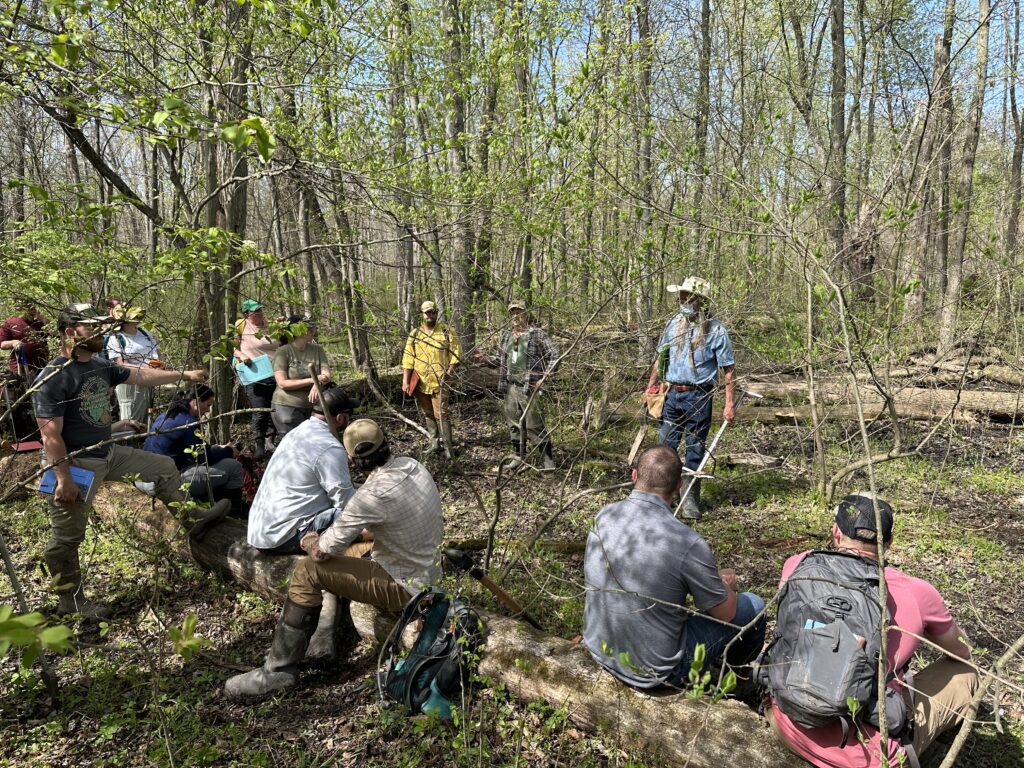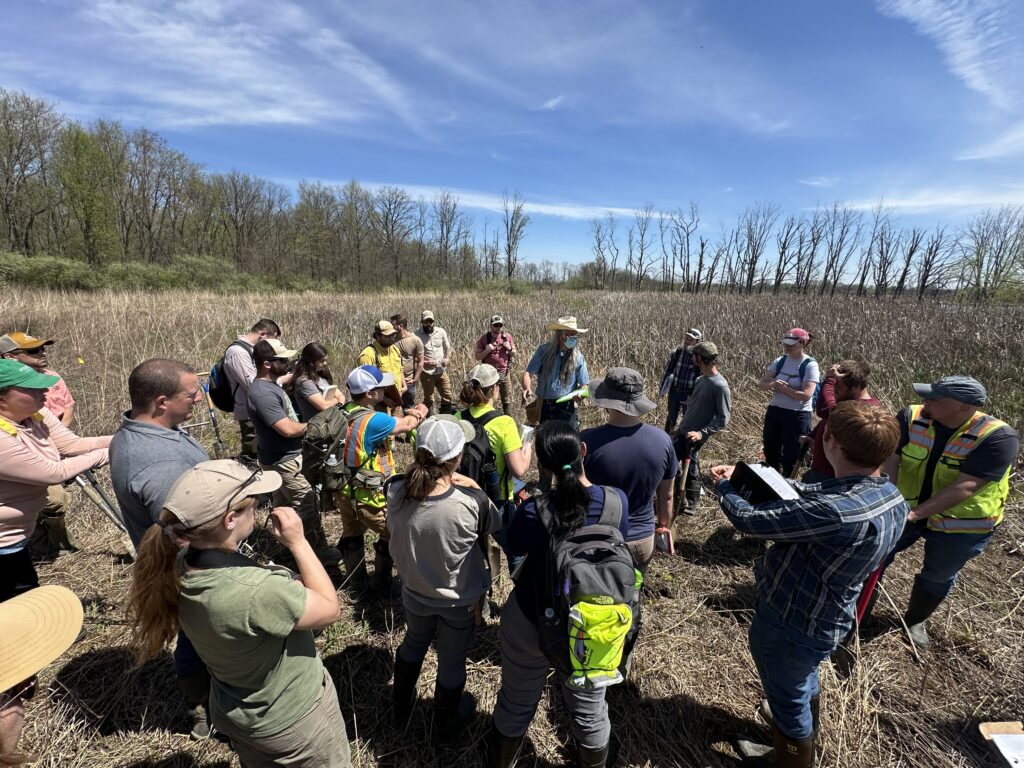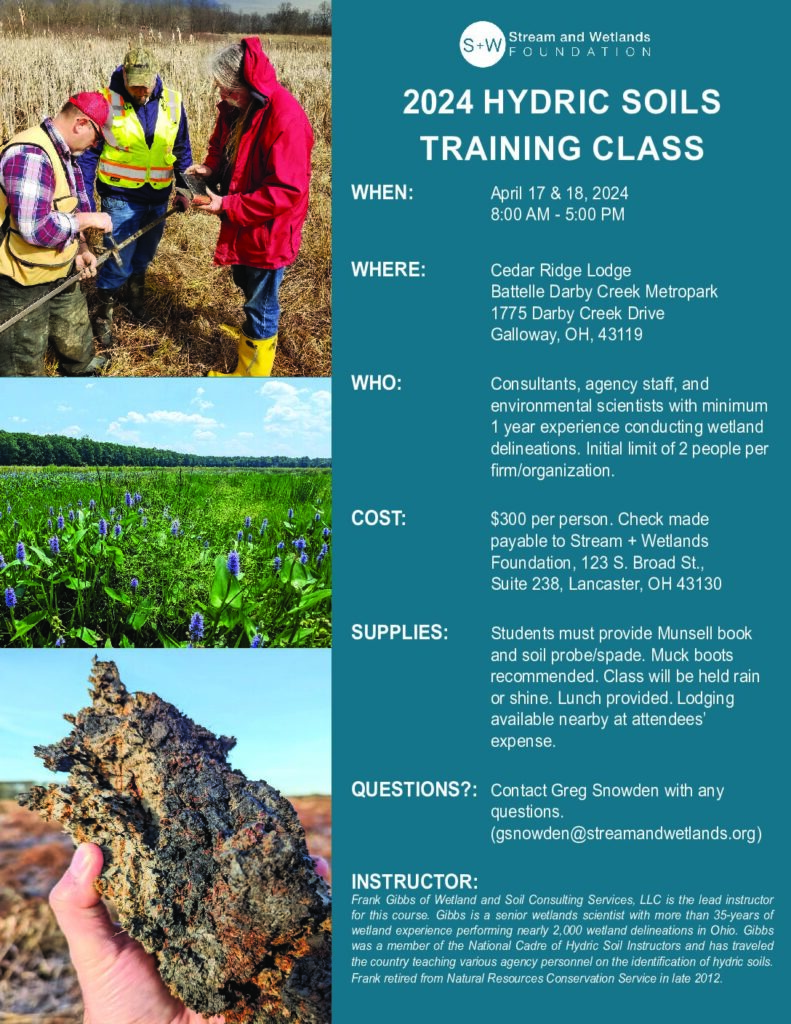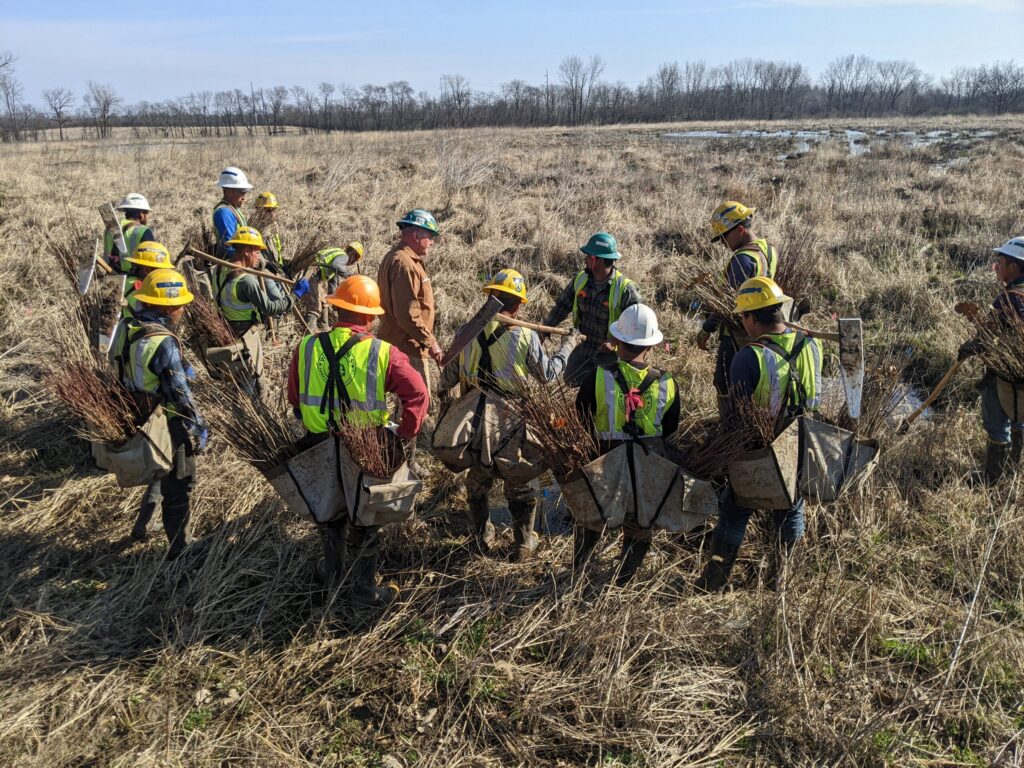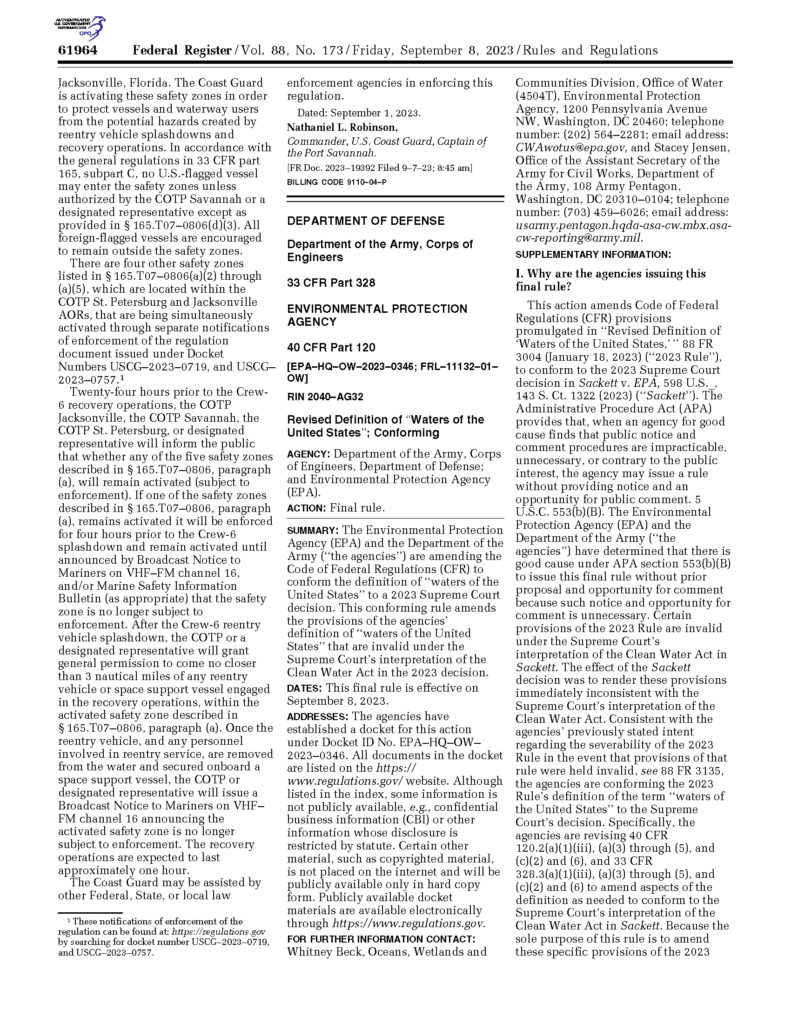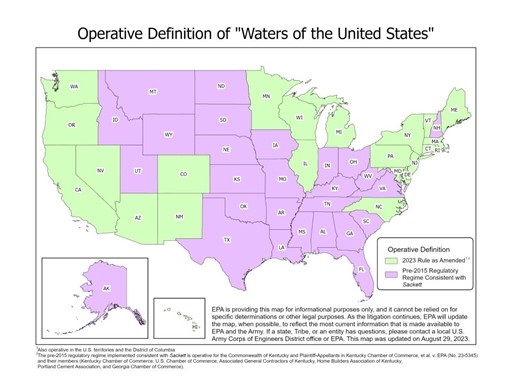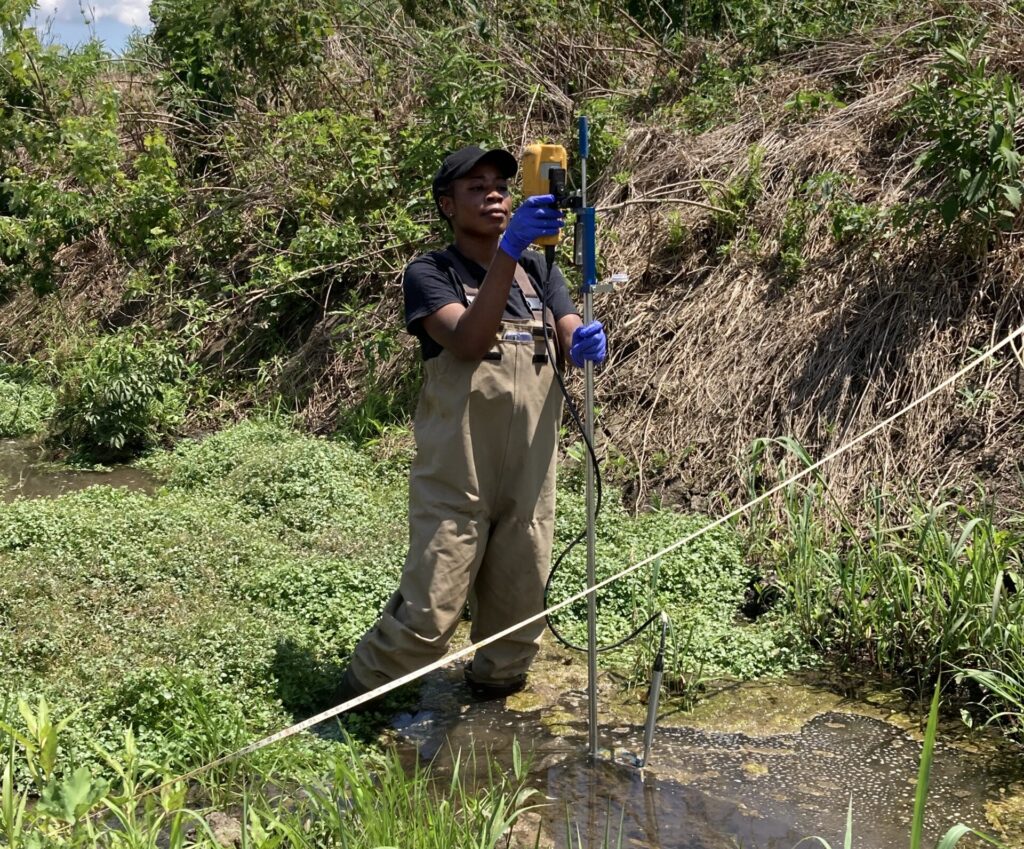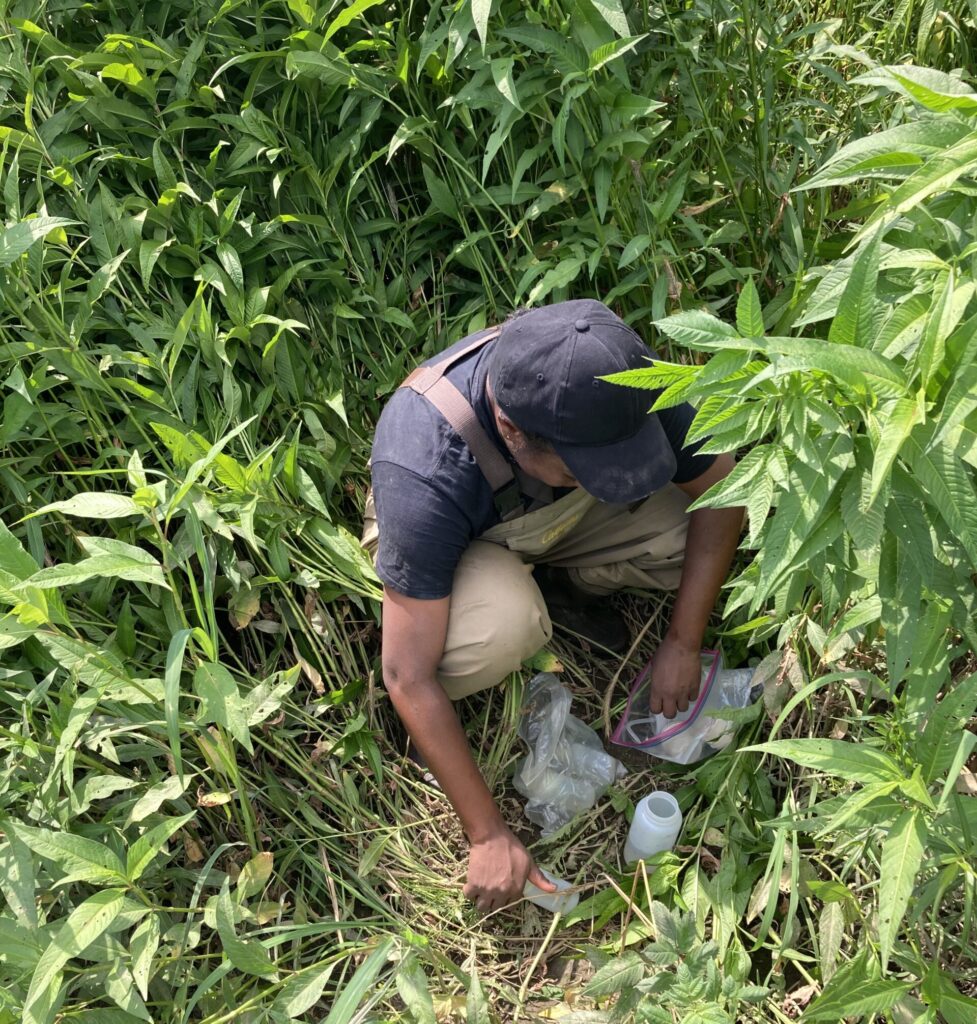The Stream + Wetlands (S+W) Foundation is proud to announce the recipients of six scholarships for the 2024-25 academic year. The awarded funds will be applied to the recipients’ college educational expenses.
The scholarship application process and funds are managed by the Fairfield County Foundation (FCF), a 501(c)(3) non-profit dedicated to enhancing the quality of life and economic viability of the Fairfield County community.
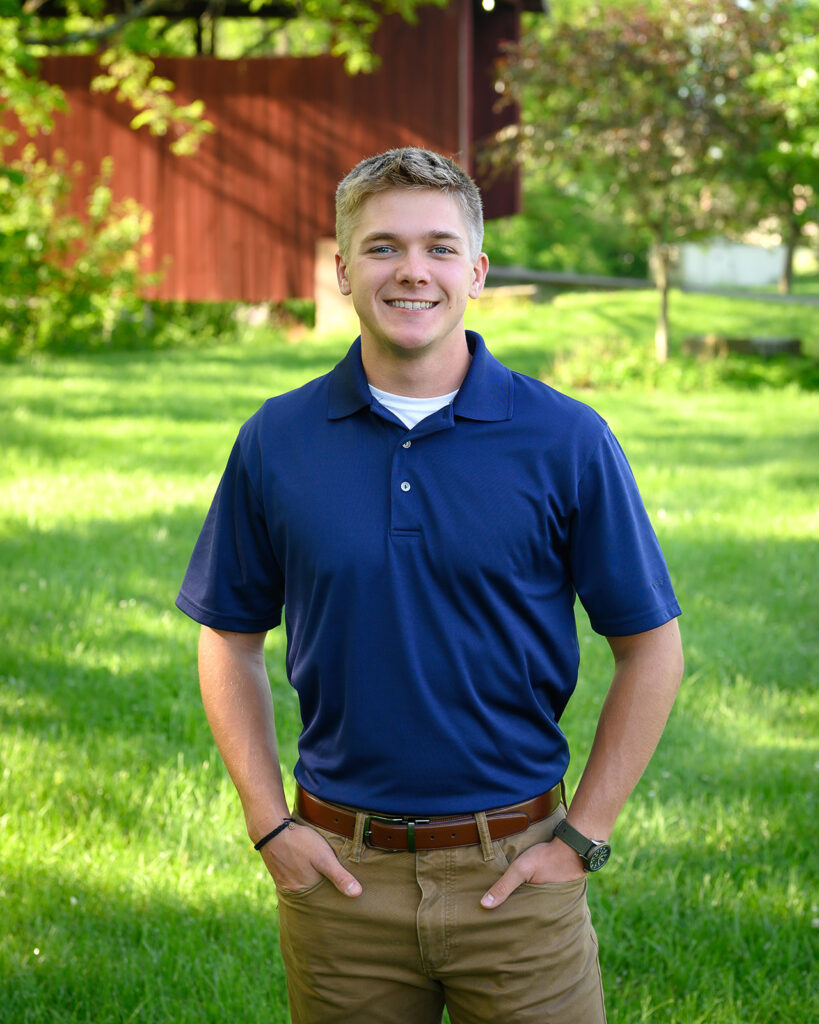
Matthew Chopin A sophomore at The Ohio State University majoring in Food, Agricultural, Engineering, and Biological Engineering with a specialization in Ecological Engineering. Matthew is an Eagle Scout with a passion for nature, protecting the environment, and promoting ecosystems. He is currently working as an intern for S+W on numerous projects. His experience in leadership roles and passion to further his knowledge and understanding of the process of building wetlands makes him an excellent recipient of the S+W Foundation Scholarship.
Will Sayner Entering his junior year this fall at Miami University, Will is majoring in Botany and Environmental Science. Will is passionate about the environment and sustainability and loves spending time in nature. Will spent the last school year as an intern at the Office of Sustainability at Miami University. He feels his outdoor experiences have greatly contributed to his understanding of wetlands and knowledge of their importance.
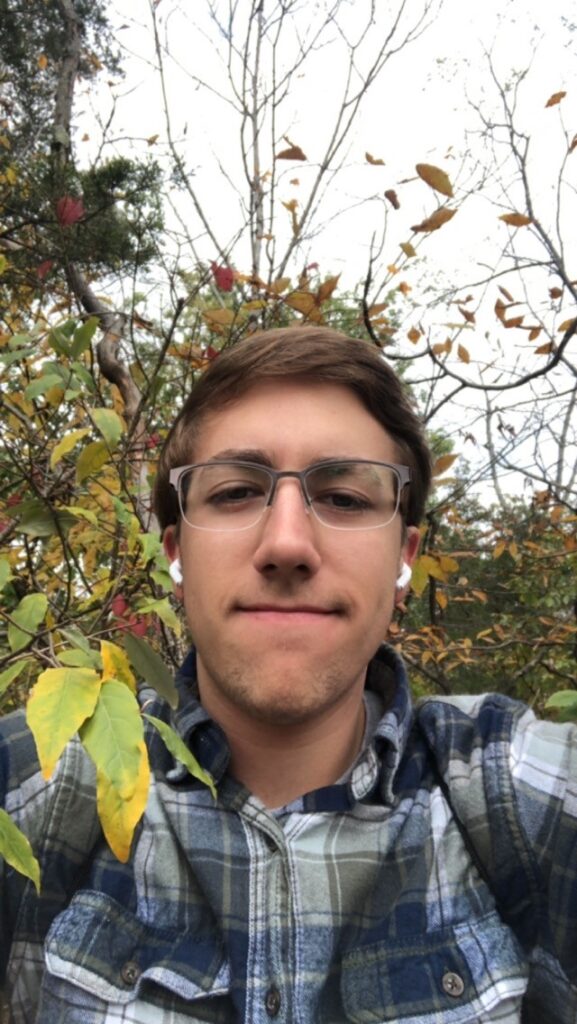
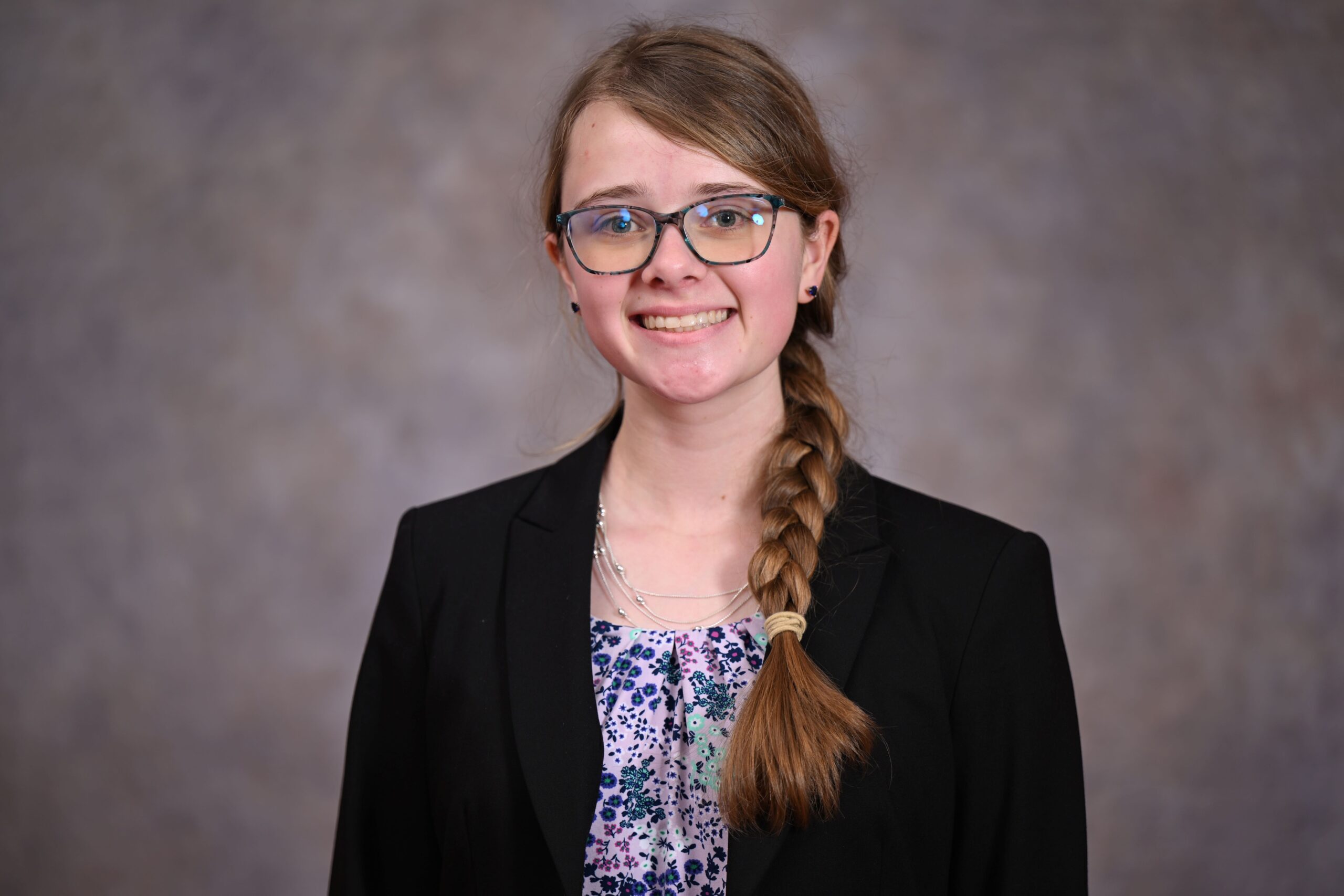
Allie Carter
Allie is a second year scholarship recipient, who will begin her junior year at The Ohio State University this fall. She is pursuing a degree in Environment and Natural Resources, specializing in Forestry and Wildlife, and she is involved in several school organizations, including Collegiate 4-H and the H2O Community Group. Allie made the Dean’s list both semesters this past school year. In addition to her coursework, Allie plans on participating in field-research, lab work, internships, and hands on learning opportunities.
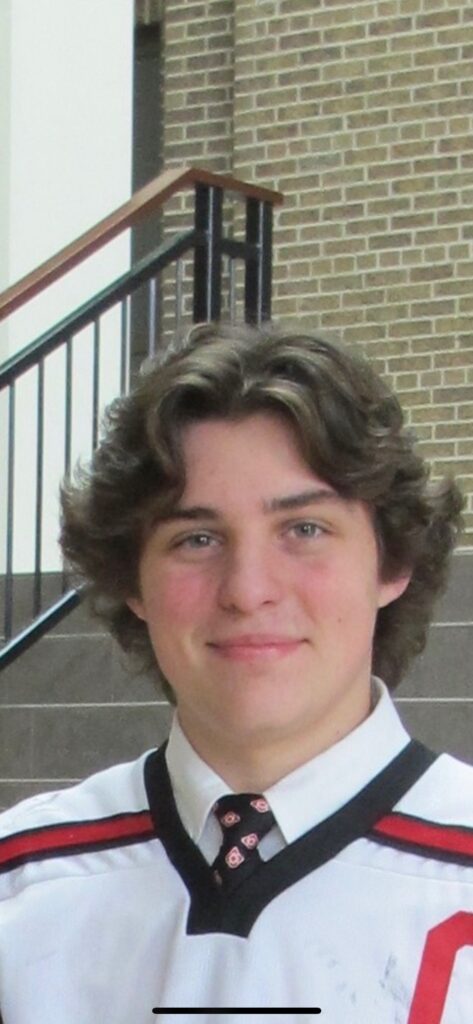
Jules Samuel
Jules will be a sophomore at The Ohio State University this fall majoring in Environmental Science with a focus on water quality and wetlands ecology. Jules was recently a project volunteer where he assisted in a weekend long reforestation effort in southern Appalachian region in Adams County, planting hundreds of tree saplings. Jules’s passion and respect for our environment makes him a great recipient to be awarded the S+W scholarship.
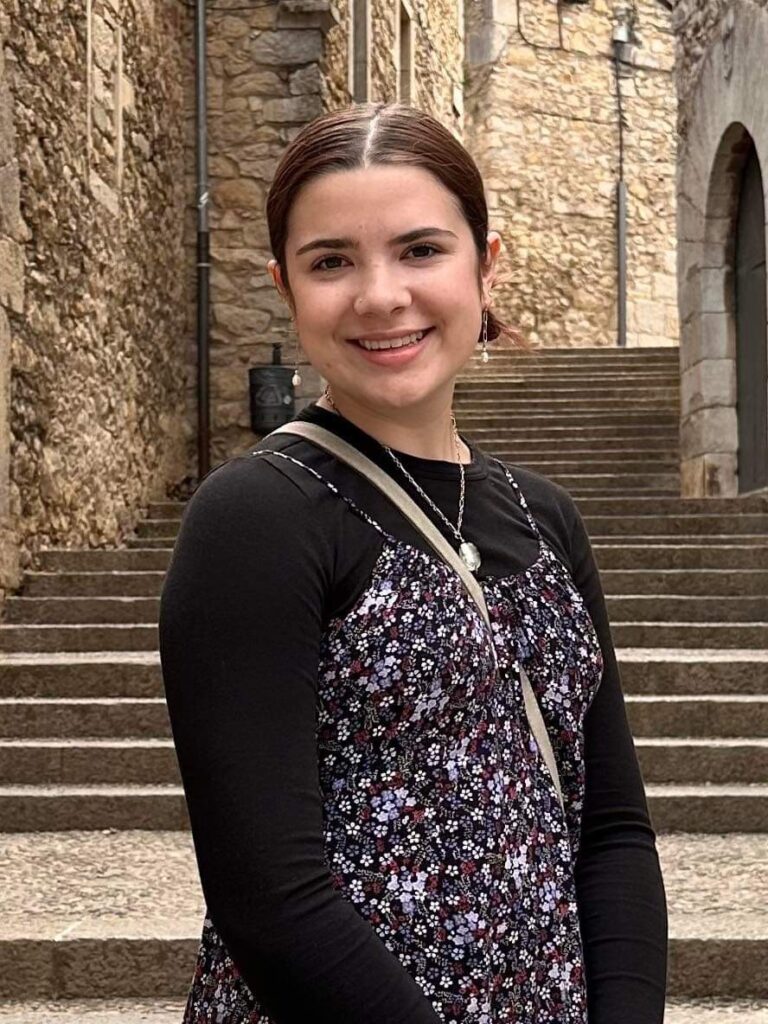
Evelyn Neely
Starting her sophomore year at The Ohio State University this fall, Evelyn will continue to pursue her degree in Environment, Economics, Development, and Sustainability. She is also a secondary leader for the Water and Climate Collective, run by the Byrd Polar and Climate Research Center, whose current project is devoted to working with an Ohio local non-profit to send water filtration systems to communities in need. Evelyn hopes to continue protecting an preserving the natural environment in her future career.
Michaela Liptak
Michaela is starting her senior year this fall at The Ohio State University majoring in Entomology. She grew up spending time learning about wetlands and the integral role they play in our environment. She is extremely passionate about the natural world and educating others about wetlands and conservation.

